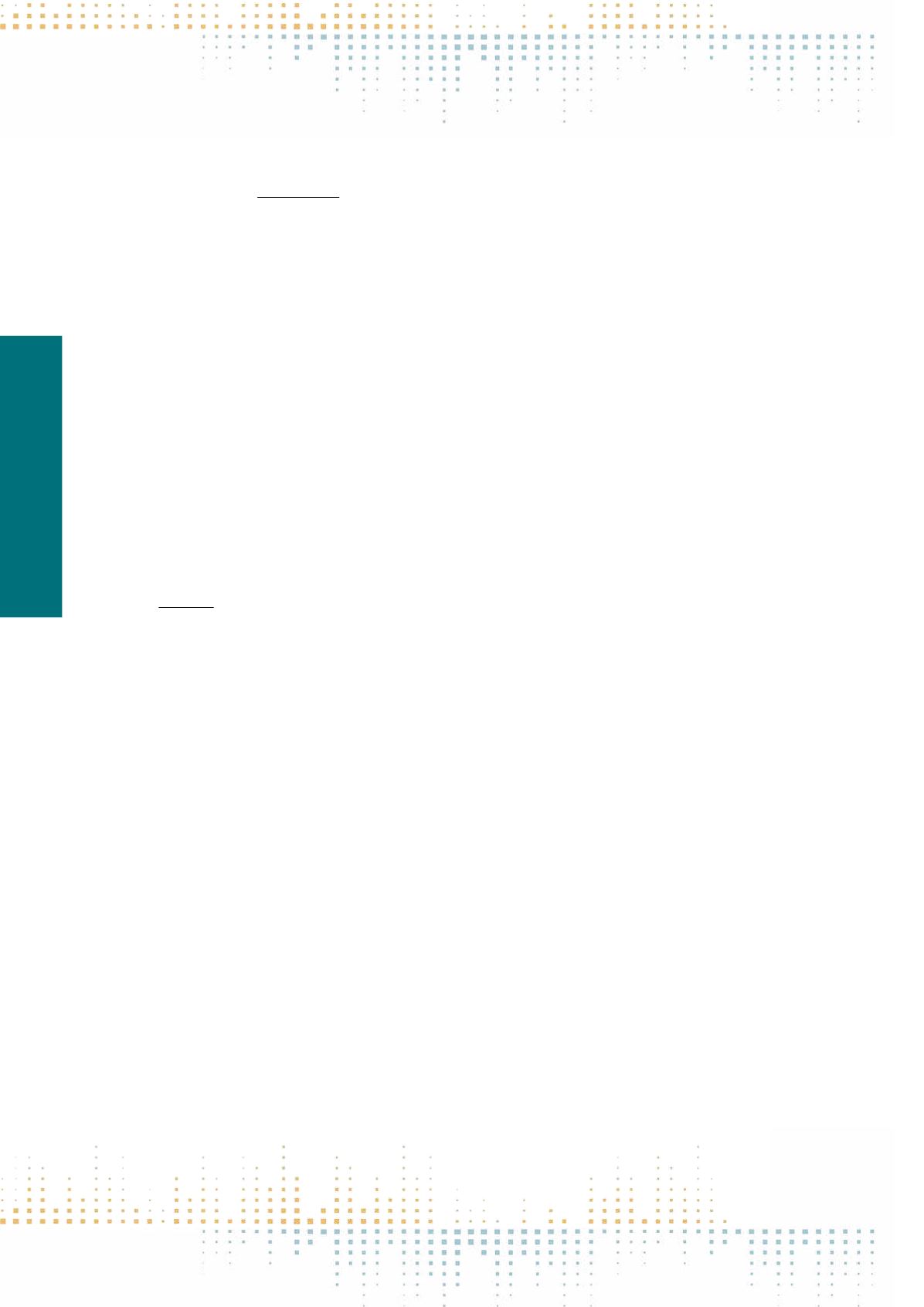

316
Friday, November 11
1 4 : 3 0 – 1 6 : 0 0
PS 078
New Forms of Informative Leadership of the Public Service Media for Digital Society. The Case of Twitter Management in the 2015
Spanish Elections
J. Izquierdo-Castillo
1
, P. López-Rabadán
2
1
University Jaume I, Sciences of Communication, Castellon, Spain
2
University Jaume I, Sciences of Communication, Castellón, Spain
The Public Service Media (PSM) are called to lead the development for digital society, encouraged by convergent technology (Blake et al, 1999; Meier, 2003;
Steemers, 2003; Storsul y Syvertsen, 2007; Moe, 2008; Prado y Fernández, 2008). The role of PSM is priority to the creation of an inclusive public sphere
(Iosifidis, 2011). To achieve this, it is not only enough to give neutral and objective information, but to do it according to the exploitation of digital tools for
a more personalizable and interactive information. In fact, digitization gives to PSM the opportunity to strengthen the relationship with their audience. One
of the most powerful tools to achieve this is social media, which enables a direct and interactive communication. Of all the social media, Twitter represents
one of the networks with the highest penetration in the relational television use with the audience. This microblogging network constitutes a neutral chan‑
nel in the communication link between media and the public, because it is not subject to corporate arbitrariness or communication policies of media com‑
panies, so communication is built on an equal footing. This paper analyses the use of social media as a public informative tool, linked to PSM of proximity.
The period of analysis takes electoral campaign, as a context of maximum importance for the journalistic coverage. Offering political information accurately
becomes fundamental to accomplish the democratic function of journalism. PSM must provide truthful and sufficient information about political parties
and electoral process developing. And social media can provide a new channel to reinforce this informational function. The sample of the analysis gathers
three autonomic television channels, through the official Twitter account for information services. The sample includes three electoral dates that took place
in Spain in 2015: regional and local in Madrid, regional in Catalonia within a context of high national polarization, and the general elections of December
20
th
. Results show the existence of a low use of the potential of Twitter and its informative function, especially connected to personalization of information,
by the news services of television of proximity.The digital strategy of public service media is focused on the corporative web and not on social media.Twitter
becomes mainly a promotional channel to drive users to the web, where content is developed. This research was supported by the Ministry of Economy and
Competitiveness of the Spanish Government [grant number CSO2014–52283-C2–1-P]
PS 079
Journalism as Aesthetic Experience: Developing a Suitable Analytical Method
S. Moestrup
1
1
University of Copenhagen, Department of Media- Cognition and Communication, Copenhagen S, Denmark
In recent years we have seen an increased academic interest in the blurring boundaries of journalism (e.g., Carlson & Lewis 2015, Loosen 2015, Kristensen
2012). Much of this research connects to the altered status of journalism (e.g., Blaagaard 2013, Domingo 2014) and the challenges to legacy news or‑
ganisations (e.g., Singer 2014, Coddington 2014, Ananny 2014). However, this boundary research in journalism studies has to a certain degree neglected
the growth of the more aesthetic and performance-orientated types of journalism, such as (but not limited to) multimodal storytelling online, immersive
journalism, journalistic live shows, podcasts and performance-driven journalistic radio shows. This paper aims to develop a media aesthetic analytical
method that is suitable when working with aesthetic journalism and specifically the journalistic forms grounded in a (media-made)-personality-driven,
performance-based approach. The method will be developed by analysing three international cases, namely the journalistic live show Pop-Up Magazine
(US), the performative radio show Flaskens Ånd (Denmark) and the cross-media journalism project Off the Page by The Guardian (UK). The theoretical
framework connects to the rather undeveloped concept of aesthetic journalism (Cramerotti 2009). According to Cramerotti, art and journalism have ap‑
proached each other more intimately in recent years and resulted in a more journalistic based art using techniques from journalism such as interviews,
systematic research and documents while journalism on the other hand has found inspiration from the art sphere working with aestheticization, staging,
subjectivity and storytelling techniques. Cramerotti has predominantly researched on journalistic art works and to a much lesser degree on the aesthetic
variations of journalism.This paper will expand the understanding of aesthetic journalism and further develop the concept.This will be done by for instance
examining how hosts and reporters in the cases make use of a media-meta capital (Couldry 2012) in order to create identities that are then used in a playful
and ambiguous performance that challenges the traditional journalistic norm of objectivity, the demarcation between professional and private as well as
the journalistic conventions of truthfulness and authenticity (Broersma 2010). In developing the analytical method I will let the theoretical framework
inspire the model. Specifically I will introduce a number of analytical categories and variables such as performance type (e.g. spatial, corporeal and utter‑
ance-based), staging strategy (e.g. illustrative, ambiguous and re-enactment-based), identity use (personal, private, professional, persona) and media
specificity (limitations, possibilities). By applying this model, my analysis for instance shows that the personality-driven journalistic variations in the three
cases make creative use of a schism between authentic selves and media-made, constructed selves and by doing so can be said to establish a journalistic
product with an aesthetic value (aesthesis) in the Baumgarten tradition (Baumgarten 1735). This paper will be a contribution to a neglected research area
within the blurring boundaries of journalism and methodologically provide a media aesthetic approach for further research within the expanding field
of aesthetic, performance-based journalism.



















